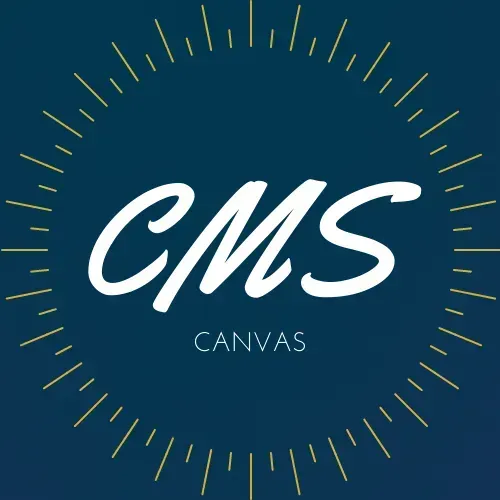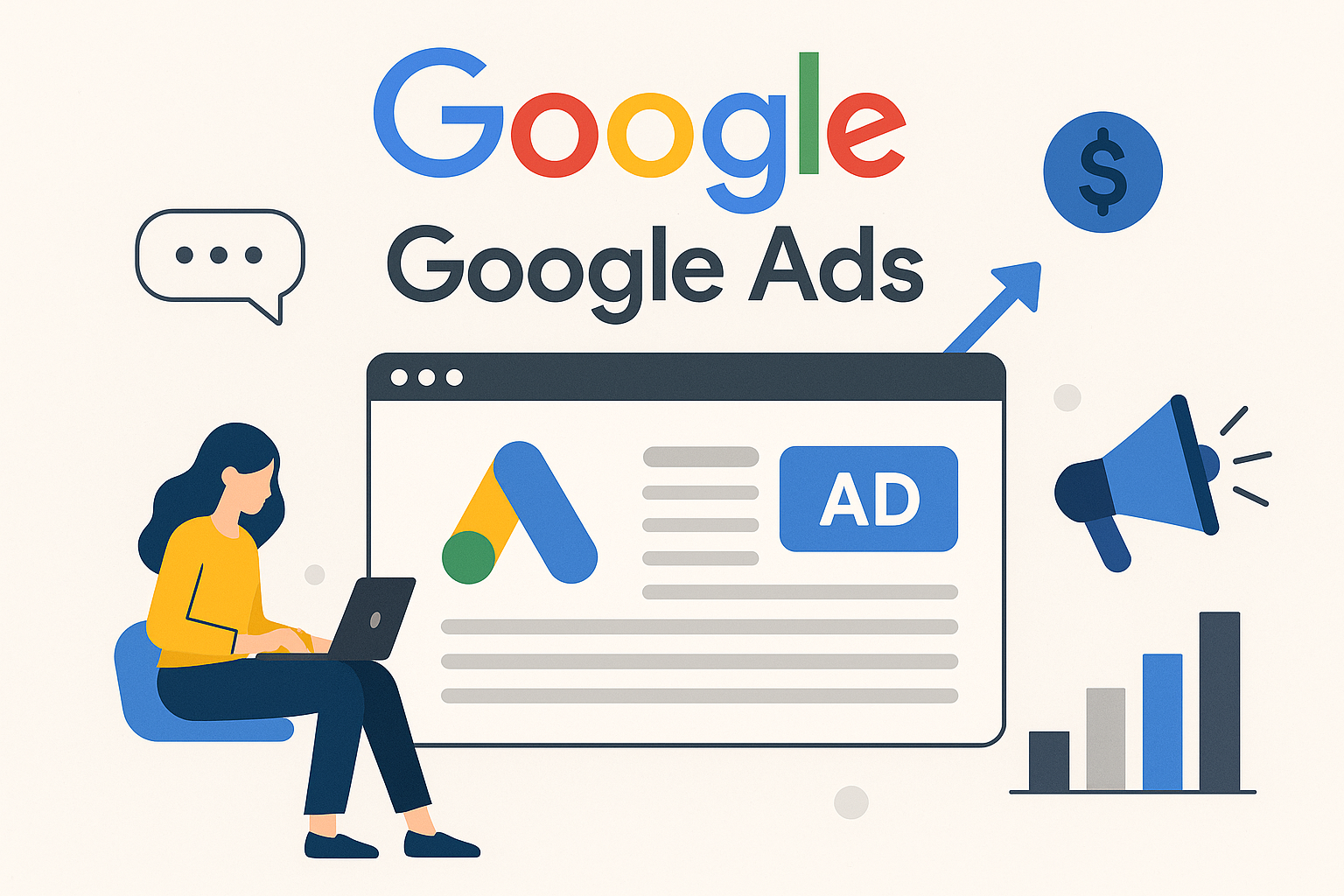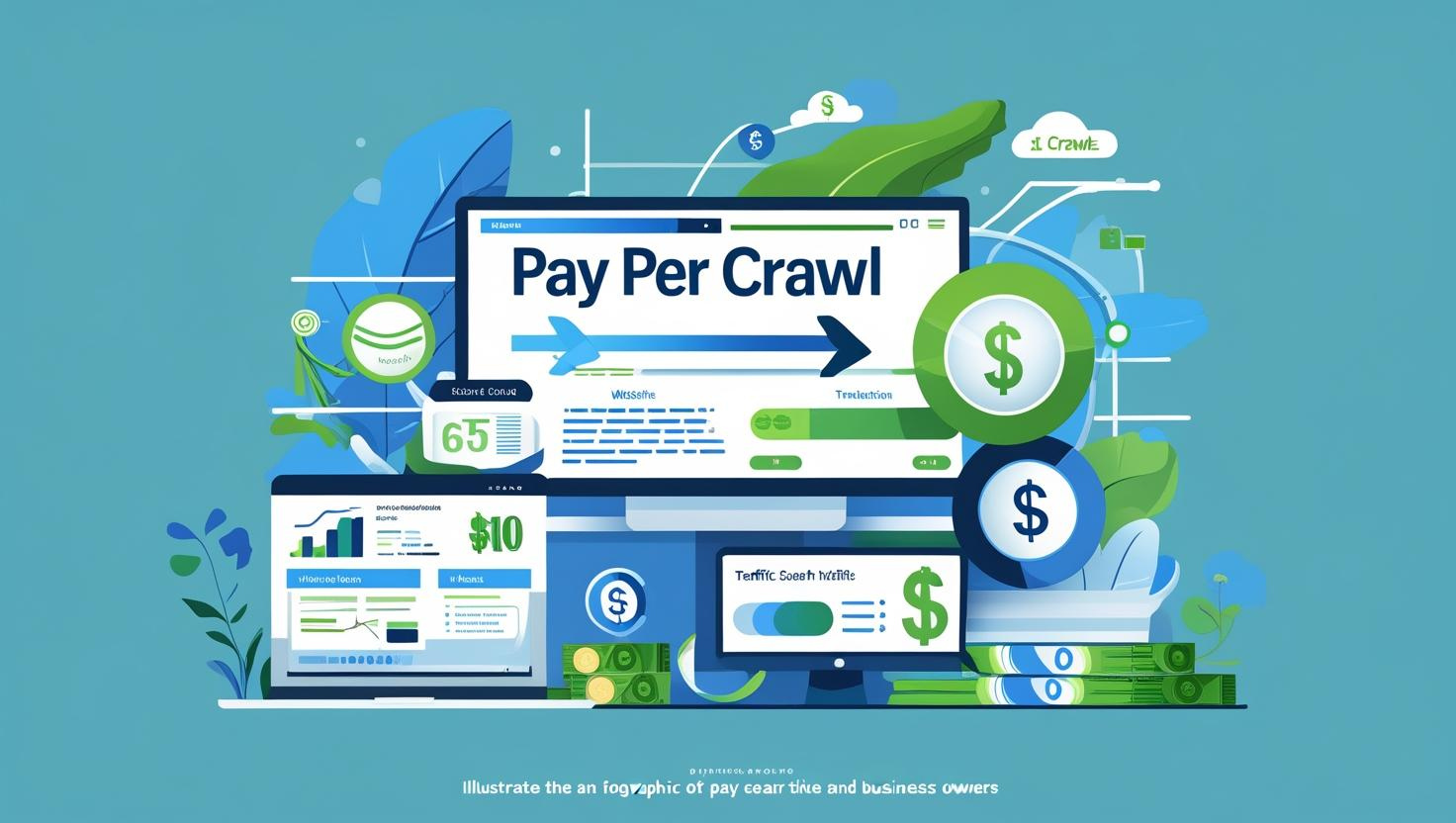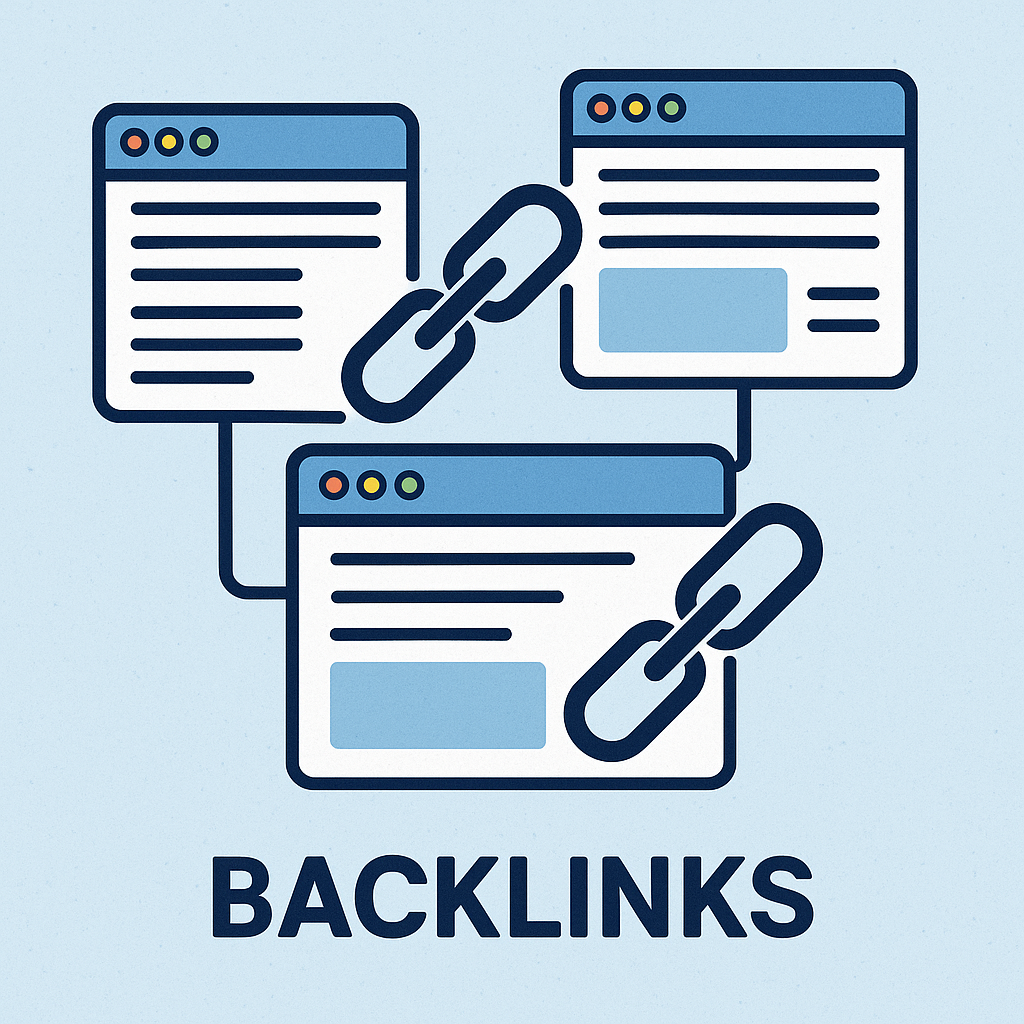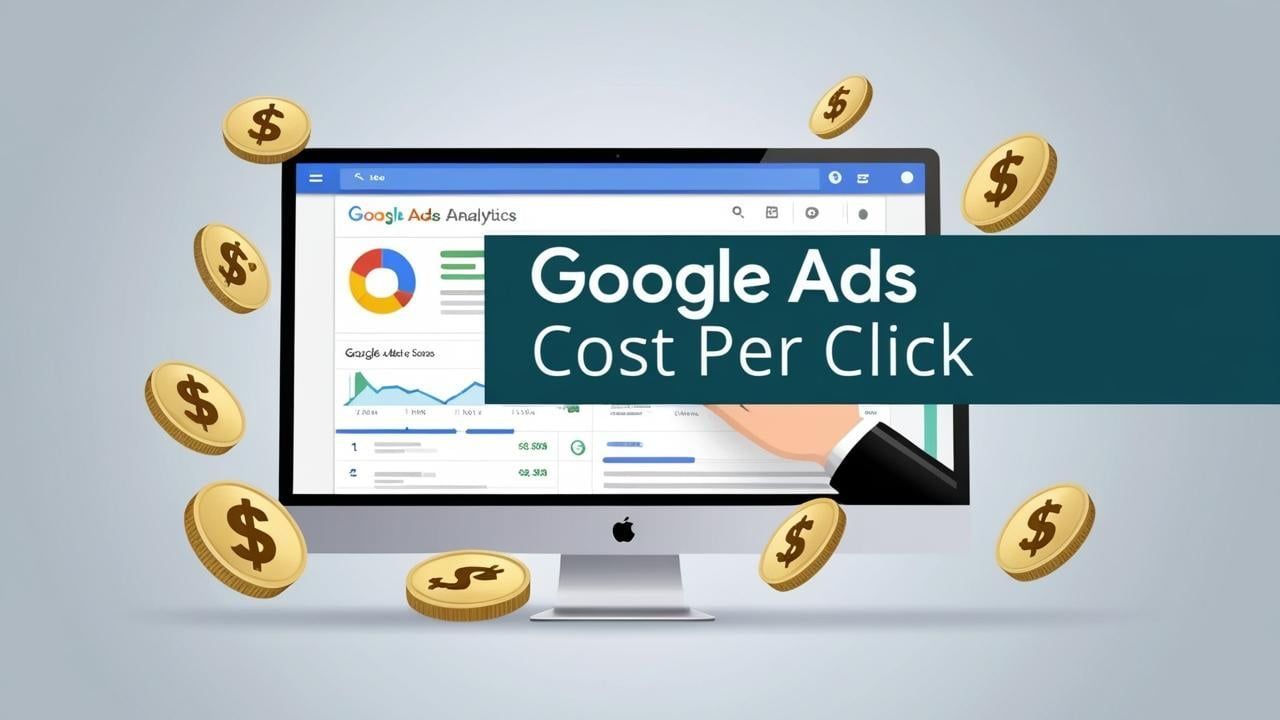Canvas Marketing Solutions Blog
Creating a customer journey in Mailchimp

Creating a customer journey in Mailchimp involves many steps including setting up a sequence of automated actions and communications triggered by specific customer behaviors or milestones.
Here's a general outline of how you can set up a customer journey in Mailchimp for when a new subscriber is added to an audience:
- Understand Your Audience and Objectives: Before creating a customer journey, you'll want to identify who your audience is and what you want to achieve. For new subscribers, your objective might be to welcome them, provide valuable information, and encourage initial engagement. Once you're clear on this, you can get started.
- Access the Customer Journey Feature in Mailchimp:
- Log in to your Mailchimp account.
- Go to the "Automations" page.
- Select "Customer Journey."
- Create a New Journey:
- Click on “Create Journey” or select a pre-built journey template that suits your needs.
- Choose a name for your journey that is descriptive and easy to remember.
- Define the Starting Point:
- The starting point for your journey is the event that triggers the journey. In this case, select “Joins Audience” or a similar trigger that activates when a new subscriber is added to your list.
- Map Out the Journey:
- Design the steps or stages of your journey. This can include sending a welcome email, providing informational content, offering a discount, asking for feedback, etc.
- Use conditional branching to personalize the journey based on subscriber actions (e.g., if they open an email or click a specific link).
Create the Emails and Actions:
For each step in the journey, create the content and define the actions. This could be an automated email, a tag assignment, or other actions available in Mailchimp.
Ensure that your emails are well-designed, engaging, and relevant to the new subscriber.
Set Timing and Delays:
Decide how much time should pass between each step in the journey. Immediate sending might be suitable for a welcome email, but subsequent emails might have delays.
Test the Journey:
Before activating your journey, it's crucial to test it to ensure everything works as expected. You can use test emails or a small segment of your audience for this purpose.
Launch and Monitor:
Once you’re satisfied with the setup, launch the journey.
Regularly monitor its performance through Mailchimp’s analytics to understand how subscribers are engaging with your emails. This data can help you refine and improve the journey over time.
Iterate and Optimise:
Use the insights gathered from your analytics to make adjustments to your journey. This could involve changing the content, timing, or branching logic.
Remember, the key to a successful customer journey is personalization and relevance. Make sure your communications are tailored to the interests and behaviors of your new subscribers to foster engagement and loyalty.
Good marketing is should always work to evoke some kind of emotion from your target audience. Once you have your journeys set up, and you're lead generation campaigns integrated into them, you have the opportunity to test emails and remarketing creatives to understand what best resonates with your target audience.
Written by Patrick McKenna -
